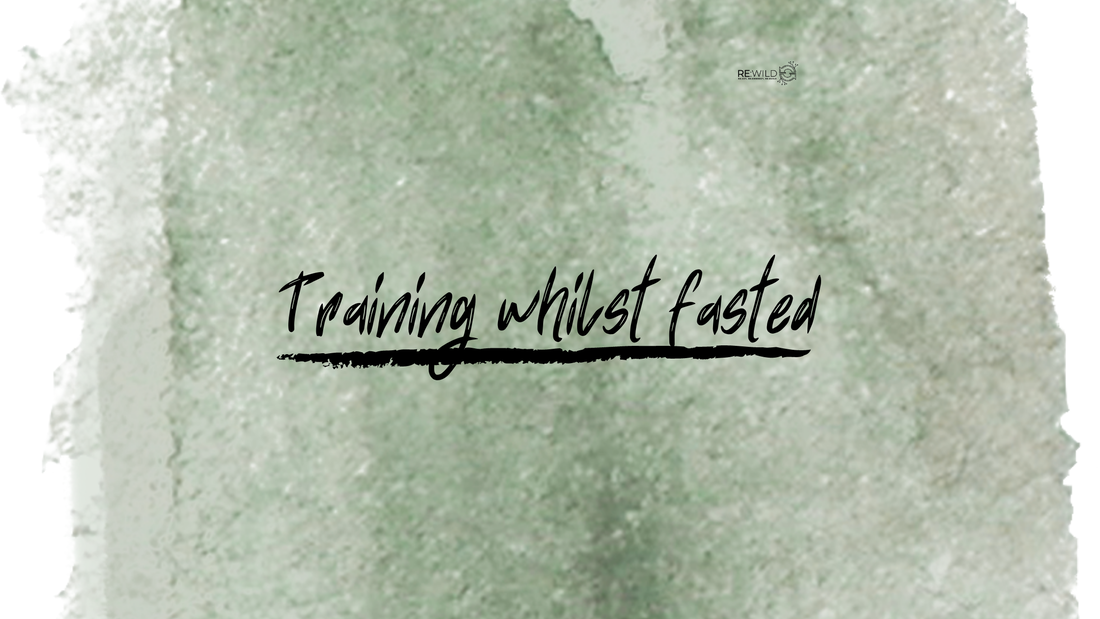|
You can train while fasted, but as we mentioned, you must allow your body the time it needs to adapt. The adaptation phase usually takes around two weeks, during which time you’ll possibly feel a little less “able”. Once you’ve adapted, you’ll soon start to feel better than your old self. We recommend cutting back on your training during the adaptation phase in two ways: 1. Lowering the intensity of your current routine by 30-40%. 2. Begin fasting on your rest day first. Once your adaptation phase is complete, feel free to ramp-up your training intensity, and fast as frequently as suits your lifestyle. Training while fasted has been shown to increase fat oxidation (burning) plus it’s effective at decreasing insulin resistance. Additionally, when compared to calorie restricting, fasting helps preserve muscle mass. Here’s some advice on how to combine fasting with your workouts. AM Workouts: Wake up, skip breakfast and train at the end of your fasting window, have lunch. 1. Skip a meal 2. Digestion fast 3. 14 to 18-hour protocols Keeping in mind the following:
Midday Workouts: Wake up, skip breakfast, have a coffee/green tea, train, have a late lunch. This is probably the most popular time to train when fasting, especially in the fitness industry. Most tend to train at midday and push their lunch until 2 pm. Skipping dinner and breakfast also works well for a midday workout. PM Workout: Wake up, skip breakfast and lunch, leverage coffee/green tea and train at the end of your fasting window (but see notes below!). If you’re all about the after-work workouts, then any of the fasting protocols will work for you. In our opinion, most people tend to operate well on eating a late-ish breakfast and early dinner. Please note, many believe that the only way to combine fasting and a training programme is to break your fast after workout. But this simply isn’t true. Since most tend to skip breakfast whilst fasting, ending their fasting window post-workout works well for them. However, since you’re eating less overall, it doesn’t really matter if you’re eating during your ‘feeding window’, and then training: you’ll still achieve the same in terms of overall calorie intake and fasting benefits. Breaking your fast at 11am after 14 hours of fasting, then training at 1pm before eating your lunch at 2.30pm, will still result in you achieving a good fasting period, a fuelled workout and enough meals to keep you satisfied. Some may even benefit from this sometimes depending on their goal, as we’ll explain a little later. However, the main message is not to add restrictions unnecessarily; fasting is an optimisation strategy not a diet. If you'd like to learn more about fasting, which type of fasting method is best for you and how to fast correctly, check out The Fasting Playbook for more.
0 Comments
Leave a Reply. |
JcHere I write about everything I love and that interests me. Archives
September 2021
Categories
All
|

 RSS Feed
RSS Feed
